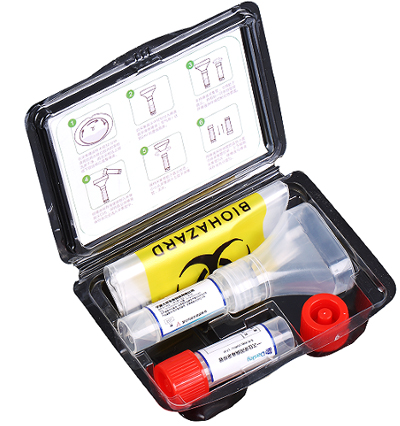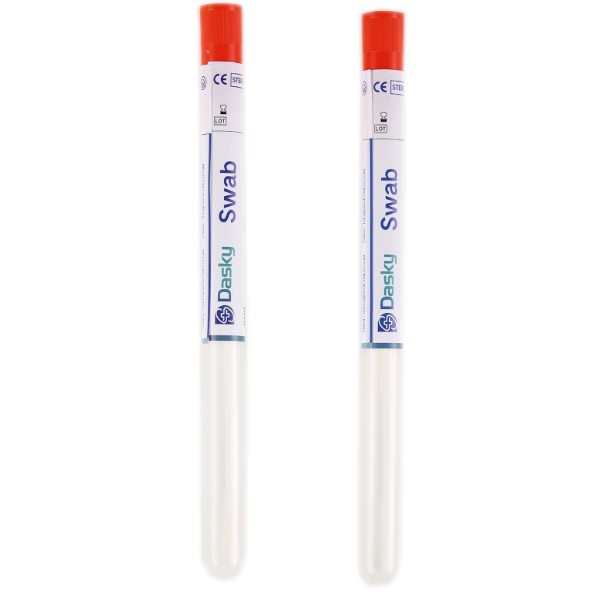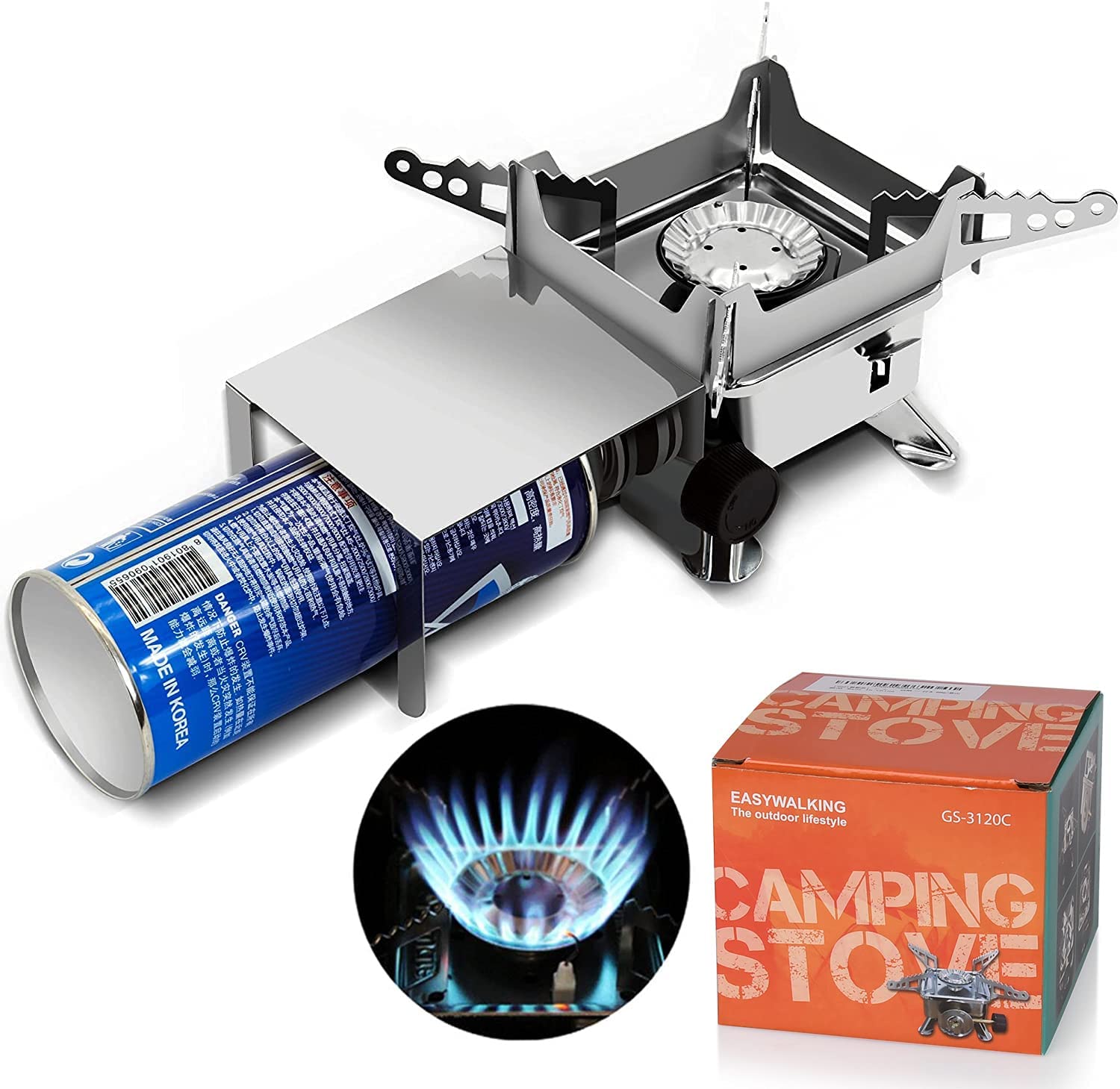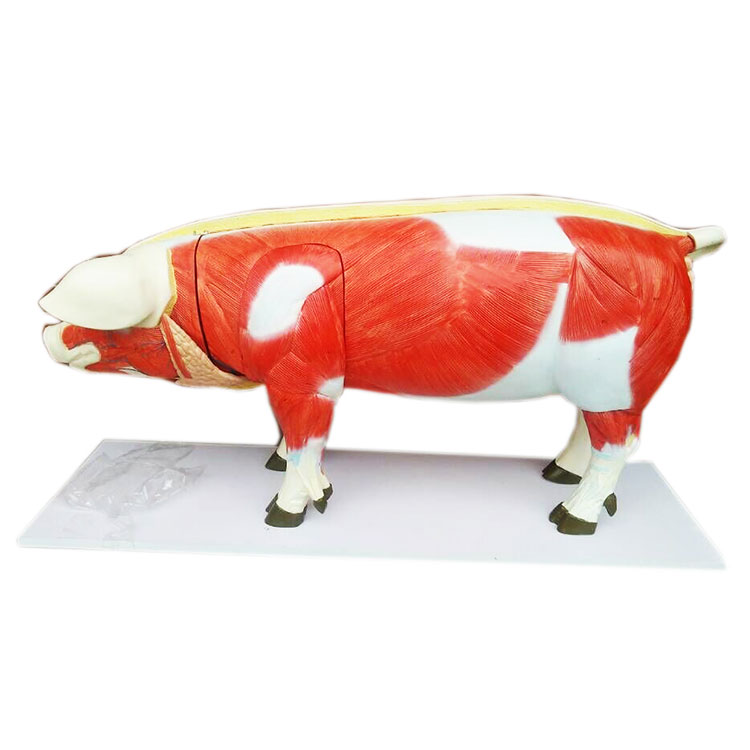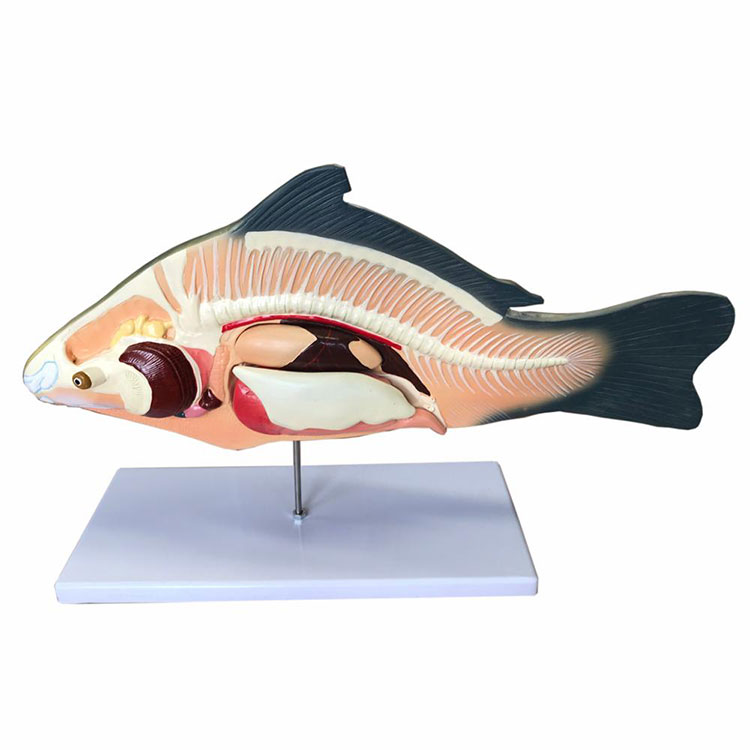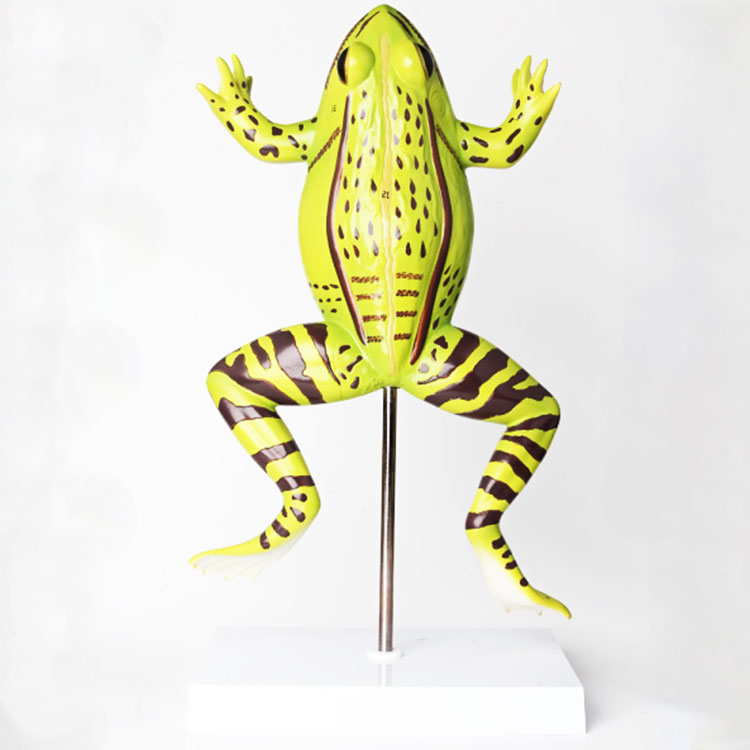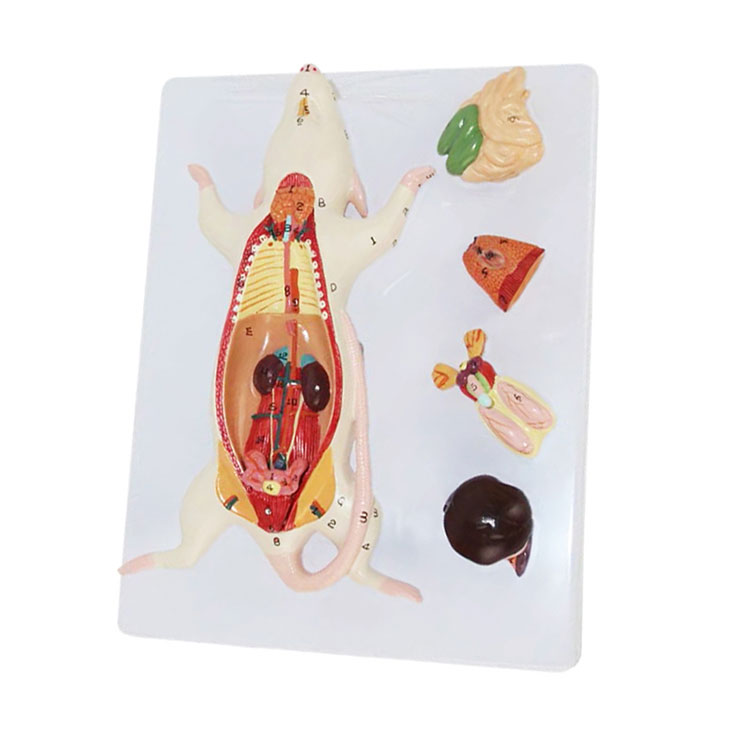- Español
- Português
- русский
- Français
- 日本語
- Deutsch
- tiếng Việt
- Italiano
- Nederlands
- ภาษาไทย
- Polski
- 한국어
- Svenska
- magyar
- Malay
- বাংলা ভাষার
- Dansk
- Suomi
- हिन्दी
- Pilipino
- Türkçe
- Gaeilge
- العربية
- Indonesia
- Norsk
- تمل
- český
- ελληνικά
- український
- Javanese
- فارسی
- தமிழ்
- తెలుగు
- नेपाली
- Burmese
- български
- ລາວ
- Latine
- Қазақша
- Euskal
- Azərbaycan
- Slovenský jazyk
- Македонски
- Lietuvos
- Eesti Keel
- Română
- Slovenski
- मराठी
- Srpski језик
Biology Models and Specimen Manufacturers
Biology Models and Specimen are Used in Lab.
A biological specimen (also called a biospecimen) is a biological laboratory specimen held by a biorepository for research. Such a specimen would be taken by sampling so as to be representative of any other specimen taken from the source of the specimen. When biological specimens are stored, ideally they remain equivalent to freshly-collected specimens for the purposes of research.
Human biological specimens are stored in a type of biorepository called a biobank, and the science of preserving biological specimens is most active in the field of biobanking.
- View as
-

-

Anatomical Pig Model
Anatomical pig model is longitudinally sectioned to show the section structure. The left side of the product is a cross-section on the head to show the cross-sectional structure, and the skin peeled off from the head shows muscle morphology and blood vessel distribution. The forelimbs can be removed to show the distribution and direction of superficial and deep muscles.
Read MoreSend InquiryAnatomical Cow Model
The anatomical cow model is profiled to show the profile structure. The left side of the product remains intact. The medial structure of the head and neck is shown, showing the shape and distribution of the ribs, intercostal muscles, and abdominal wall muscles. The cross-sectional structure of the breast is shown. In the chest and abdomen, the organs such as heart, lungs, diaphragm, liver, stomach, and intestines can be removed.
Read MoreSend InquiryPvc Mouse Model
This 6-part life-size Pvc mouse model is an important tool to study zoology, providing a realistic reproduction the anatomy of the rat. The ventral dissection exposes heart and lungs, liver, intestine, male and female genital systems. The internal organs are removable for closer examination.
Read MoreSend Inquiry

